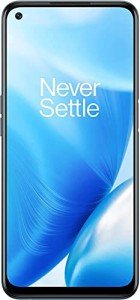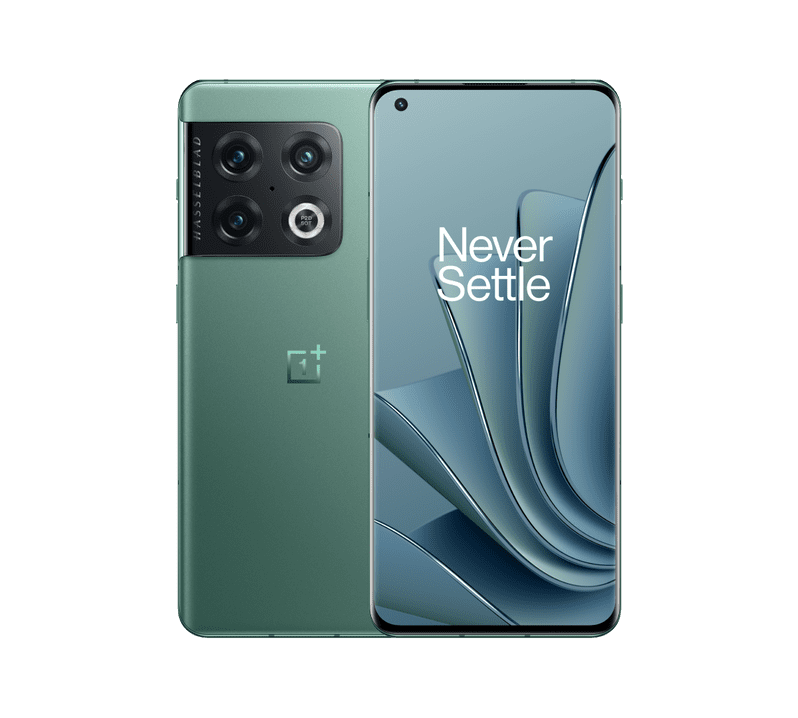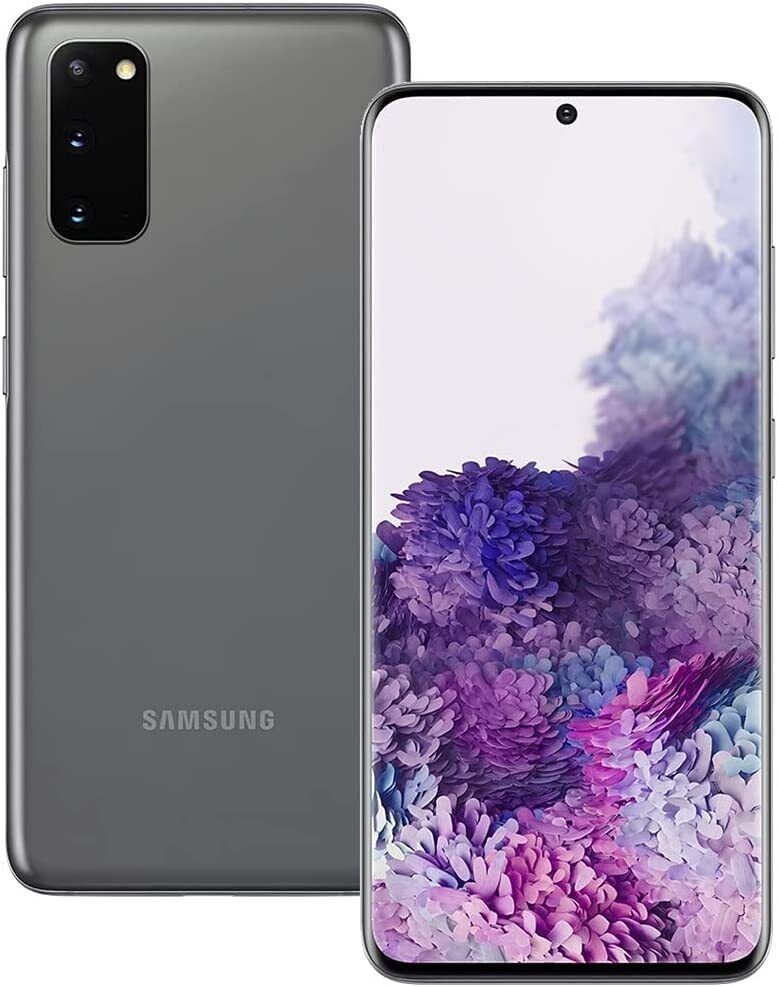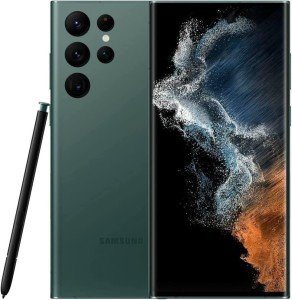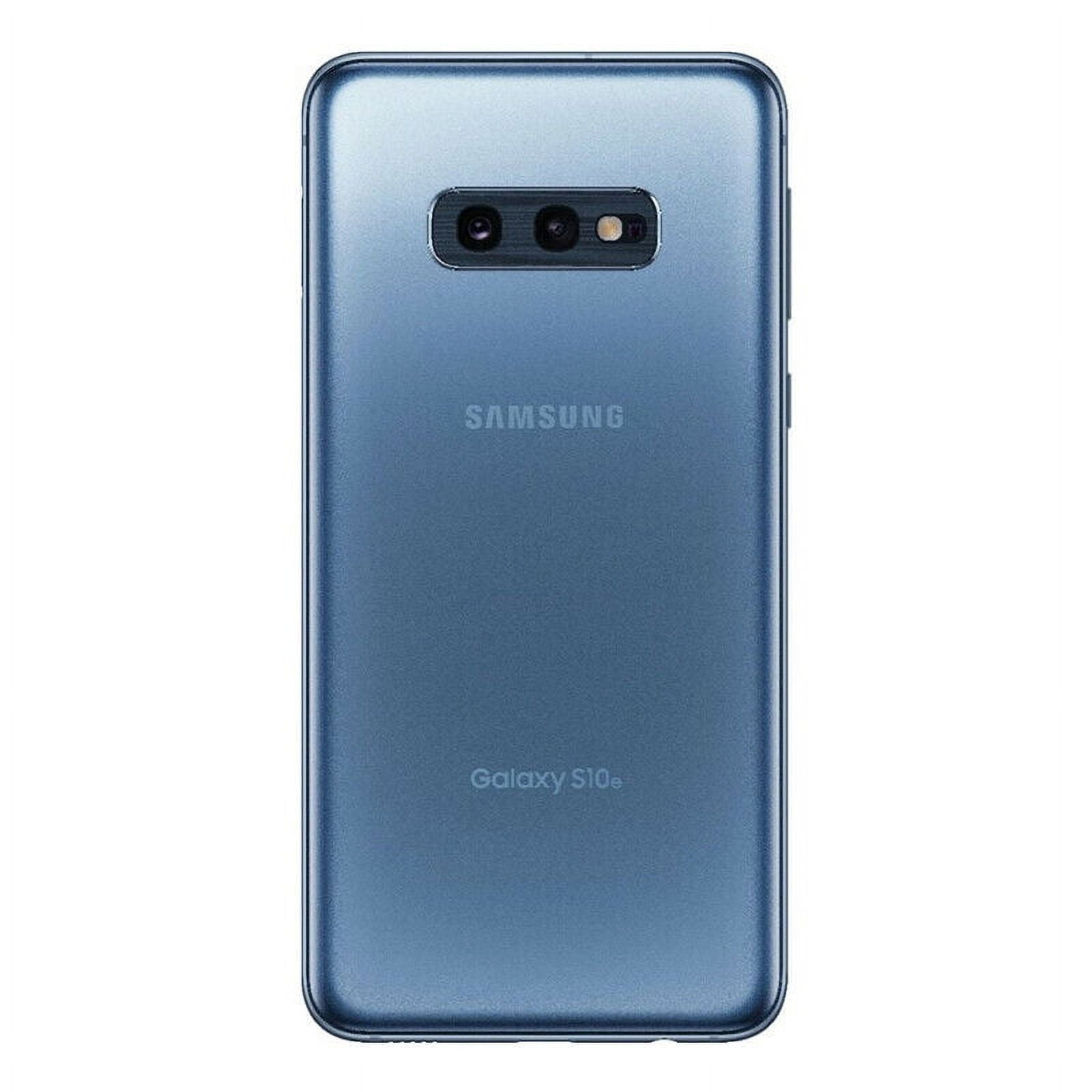When it comes to Smartphone Operating Systems, things can get a bit confusing. But don’t worry! I’ll break it down for you in simple terms. At the core, a smartphone operating system is like the brain of your phone. It helps everything work together—from making calls to launching apps.
There are a few major players in the Smartphone Operating Systems world. The biggest by far is Android. It’s known for its flexibility and customization options. If you love personalizing your phone with cool themes or apps, Android gives you the freedom to do just that. Plus, it supports a ton of devices, from budget to high-end smartphones.
On the flip side, there’s iOS, which powers iPhones. This operating system is all about simplicity and security. If you want an intuitive interface that just works, iOS is the way to go. It’s optimized to run smoothly across Apple devices, making it super easy to switch between your iPhone, iPad, and Mac.
We can’t forget about other Smartphone Operating Systems like Windows Phone and some newer players trying to make a mark. However, they haven’t quite made the same splash as Android or iOS. If you’re diving into the smartphone market, sticking with the big two is the safest bet for a wide range of apps and features.
In the end, choosing a smartphone means picking the operating system that fits your style and needs. Whether it’s Android’s customization or iOS’s simplicity, understanding the basics can help you make the best choice for your next phone.
Top Features of Popular Operating Systems
Smartphone operating systems are what make your device tick. They determine how user-friendly your smartphone is, what apps you can access, and how smoothly everything runs. Here are some top features of the most popular smartphone operating systems you'll find today.
Android: This OS is all about customization. You can change almost anything, from your home screen to the way your apps look. It offers a massive selection of apps through the Google Play Store, making it easy to find the ones you need. Plus, Android phones come in all shapes and sizes, so you can pick one that fits your budget and style.
iOS: If you’re all about a seamless experience, iOS might be your best bet. It’s known for its user-friendly interface and robust security. Every iPhone runs the latest version of iOS, which means you get access to all the newest features right away. The App Store is filled with quality apps, and the integration with other Apple devices brings convenience like no other.
Windows Phone: Though not as popular nowadays, Windows Phone still offers a unique interface with its Live Tiles. It's designed for people who want a smooth integration with Microsoft products. If you use Outlook, Office, or OneDrive a lot, this OS does a great job of keeping everything connected.
Others: There are also niche operating systems like KaiOS and Tizen that cater to specific needs. For instance, KaiOS is perfect for feature phones and provides access to popular apps like WhatsApp and YouTube without needing a full smartphone. Tizen is often found in smartwatches and appliances, keeping everything connected in your smart home.
OnePlus Nord N200 | 5G Smartphone with 90Hz Display
Experience lightning-fast performance and stunning visuals with the sleek OnePlus Nord N200
Product information
Product Review Score
4.69 out of 5 stars
189 reviewsProduct links
Choosing the Right OS for You
Choosing the right operating system for your smartphone can feel like a big decision, but it doesn't have to be complicated. You’ve probably heard of the big players: Android and iOS. Each one brings something different to the table, so it’s good to know what you’re signing up for.
If you’re looking for flexibility and customization, Android is your friend. With tons of choices in devices, you can find something that fits your style and budget. Android allows you to change the look and feel of your phone, plus you get access to millions of apps. If you love tinkering with settings or love personalization, Android is definitely worth considering.
On the other hand, iOS offers a smooth and secure experience. If you like things that just work without any hassle, iOS might be the better option for you. It’s known for its user-friendly design and consistent updates. Plus, if you already own other Apple devices, iOS makes everything seamlessly connect, making life a little easier.
Think about what you really need from your smartphone. Do you want a wide variety of apps, or do you care more about a consistent experience? Also, consider your budget. Some phones with Android are super affordable, while the latest iPhones often come with a premium price tag. Whatever you choose, make sure it fits your lifestyle and makes your daily tasks smoother.
OnePlus 10 Pro 5G Dual SIM Smartphone - Green
Experience lightning-fast performance and stunning visuals with the OnePlus 10 Pro 5G in a vibrant green color
Product information
$999.00 $689.99
Product Review Score
4.91 out of 5 stars
170 reviewsProduct links
Tips for Switching Between Operating Systems
Switching between smartphone operating systems can feel like learning a new language. But don’t worry; it’s easier than it seems! Here are some friendly tips to help you make the jump smoothly.
First off, know the differences. Android and iOS have distinct interfaces and features. If you’re moving from iOS to Android, you might notice that settings are a bit more customizable, while iOS is known for its simplicity. Take some time to explore the new OS; it’s worth it!
Next, back up your data. Whether you’re transferring photos, contacts, or apps, make sure you save everything first. Both operating systems have easy backup options, so you won’t lose anything important. Check out cloud services if you want a simple way to store your data temporarily.
Don’t forget about your apps! Some apps may not be available across both operating systems. Make a list of your must-have apps, and search for them in the new store. You might find alternatives that work just as well.
Lastly, give yourself time to adjust. It’s normal to feel a bit lost at first. Dive in, experiment, and have fun with the new features. Before you know it, you’ll be comfortable navigating your new smartphone operating system like a pro!
